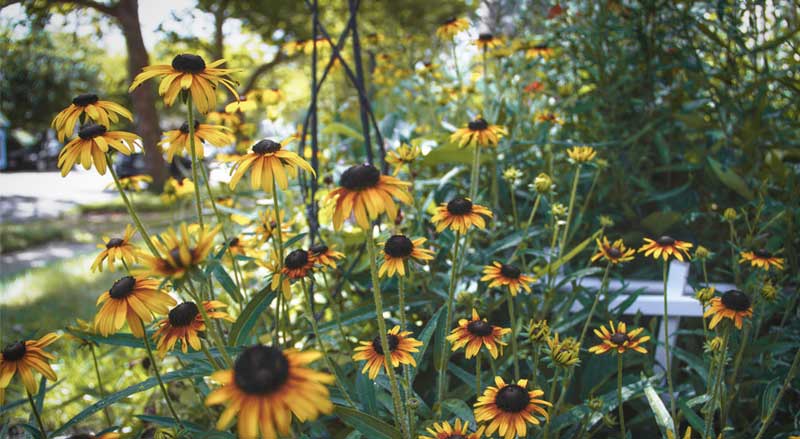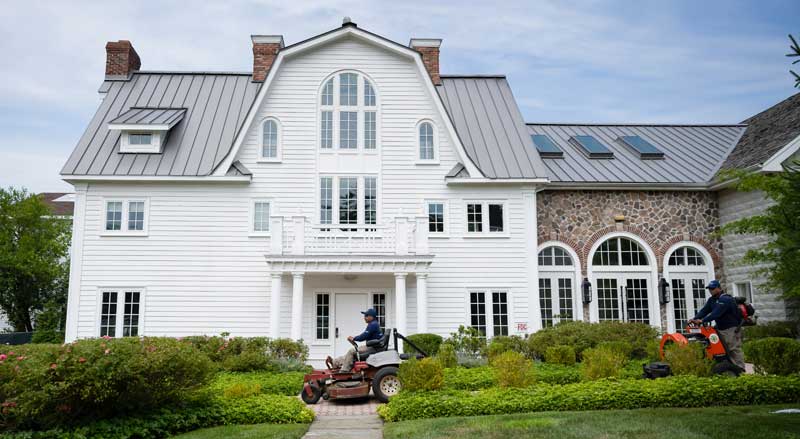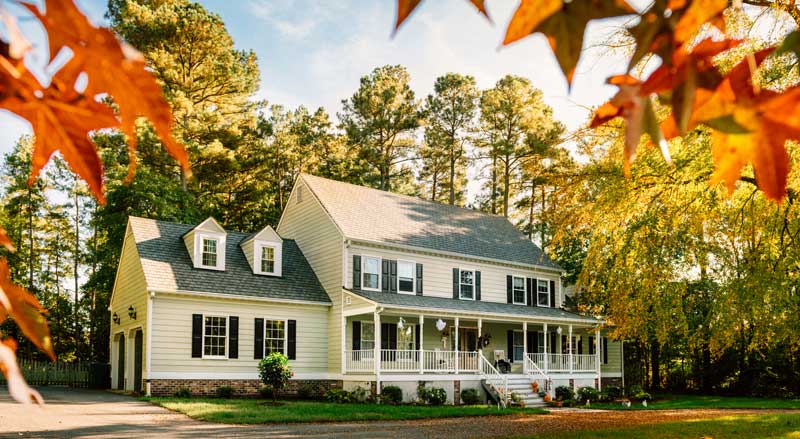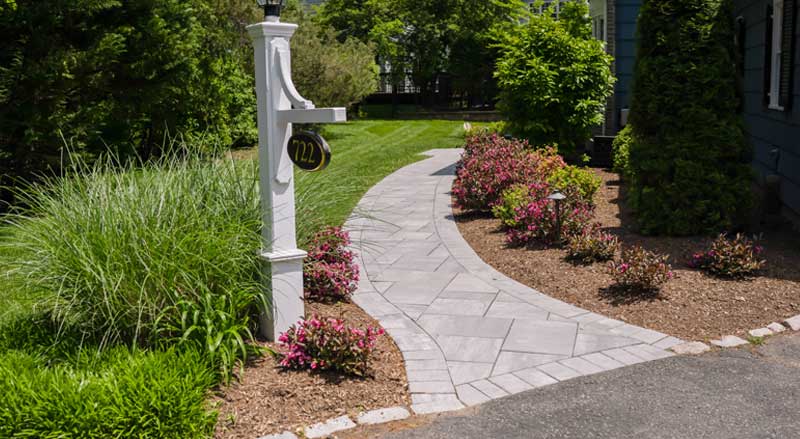In this blog post, we’ll explore the many advantages of using native plants for natural pest control in landscaping. And we’ll provide practical guidance on how to effortlessly incorporate them into your garden design so you can take control of your landscape’s health and beauty.
It’s fascinating to learn about the vital role of native plants in pest control. By incorporating native plants, we can create vibrant and pest-resistant garden spaces while supporting local ecosystems.
At Landscape Solutions, we believe that embracing native plants is not just a trend; it’s a transformative way to enhance our landscapes’ resilience, beauty, and health while supporting local biodiversity.

Understanding the Benefits of Native Plants
Native plants naturally occur in a specific region and have evolved to thrive in their local climates, soils, and environmental conditions. By incorporating native plants into your landscaping, you can enjoy a range of key advantages:
Ecosystem Support
Native plants play a crucial role in supporting local wildlife by providing essential elements such as food, shelter, and habitat.
They contribute to maintaining a well-balanced ecosystem that naturally regulates pest populations. This is achieved by attracting local wildlife, including birds and beneficial insects, which aid in managing and controlling pests.
For Instance, marigolds are known to deter nematodes, while lavender can repel moths and fleas. This natural resistance to local pest species reduces the need for chemical pest control methods and results in healthier landscapes.
Soil Health Improvement
Native plants’ deep root systems enhance soil structure and promote soil health by supporting beneficial microorganisms. This helps combat soil-borne pests and diseases, creating a thriving, eco-friendly garden.
Reduction of Chemical Use
Utilizing the natural defenses of native plants reduces the need for harmful pesticides, creating a safer environment for humans and local wildlife. This is in line with the growing demand for more sustainable landscaping practices.

How Native Plants Improve Pest Control
Attracting Beneficial Insects
Native plants attract beneficial insects, such as ladybugs, lacewings, and predatory wasps. These insects serve as natural predators of common garden pests, ensuring a healthy garden without chemical interventions.
Creating a Diverse Ecosystem
Encouraging diverse planting promotes interactions among different organisms. It nurtures a wide variety of beneficial species that naturally control pest populations.
This approach creates a vibrant ecosystem that thrives on natural checks and balances, resulting in healthier and more sustainable crop management.
Companion Planting Techniques
Companion planting is a gardening technique where different plants are grown together to benefit each other. For example, planting basil near tomatoes can help repel pests that commonly affect tomatoes. By planting native plants with your vegetables and flowers, you can establish a stronger, more pest-resistant garden.
This simple practice can enhance the health and vitality of your garden, resulting in a more sustainable and flourishing environment for your plants.
Boosting Pollinator Activity
Native plants are highly effective in attracting important pollinators like bees and butterflies. In addition to boosting plant health and productivity, these pollinators also help to enhance your crops’ ability to resist pest problems indirectly.
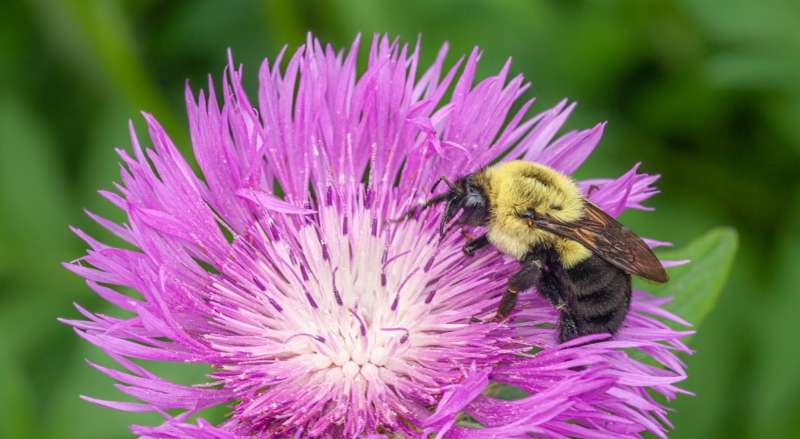
Practical Steps to Incorporate Native Plants
Incorporating native species promotes the beauty and health of our landscapes and maintains a balanced relationship with our environment. Here are some steps to get started:
- Choose the Right Species– Research which native plants are suited for your region and climate to create an inviting environment for beneficial wildlife.
- Create Plant Communities – Design your garden layout to group native species rather than isolating them. This encourages interaction among plants and wildlife, strengthening your ecosystem.
- Use Integrated Pest Management (IPM), a holistic approach to pest control that combines multiple strategies to manage pests while minimizing the use of harmful chemicals. Pairing the natural benefits of native plants with other sustainable pest control methods, such as organic fertilizers and crop rotation, can help you develop a comprehensive pest management strategy.
- Educate and Advocate – Share information about the advantages of native plants within your community. Raising awareness can foster a collective shift toward embracing native planting practices.
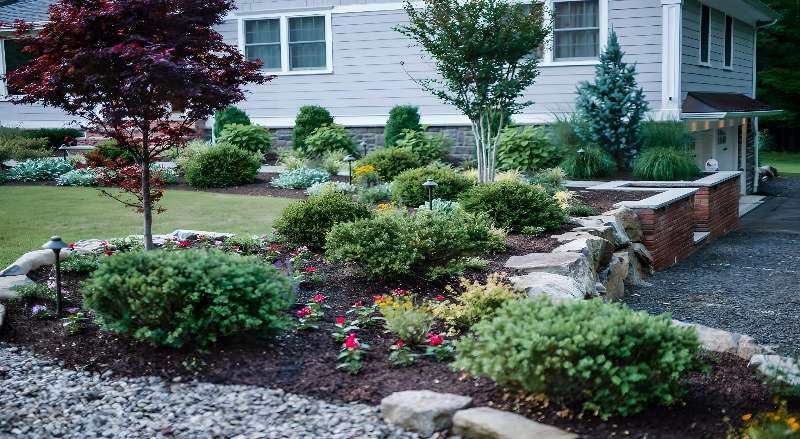
A Feat We Can All Take Pride In
By leveraging the benefits of native plants, landscapers and gardeners can create more sustainable and resilient ecosystems that naturally enhance pest management.
As the push for eco-friendly practices continues to grow, the importance of integrating native plants into landscaping efforts has never been more evident. It’s a feat we can all take pride in as we work towards a greener, more sustainable future.
Contact us if you would like a new landscape design to create a sustainable and pest-resistant environment that thrives naturally!

